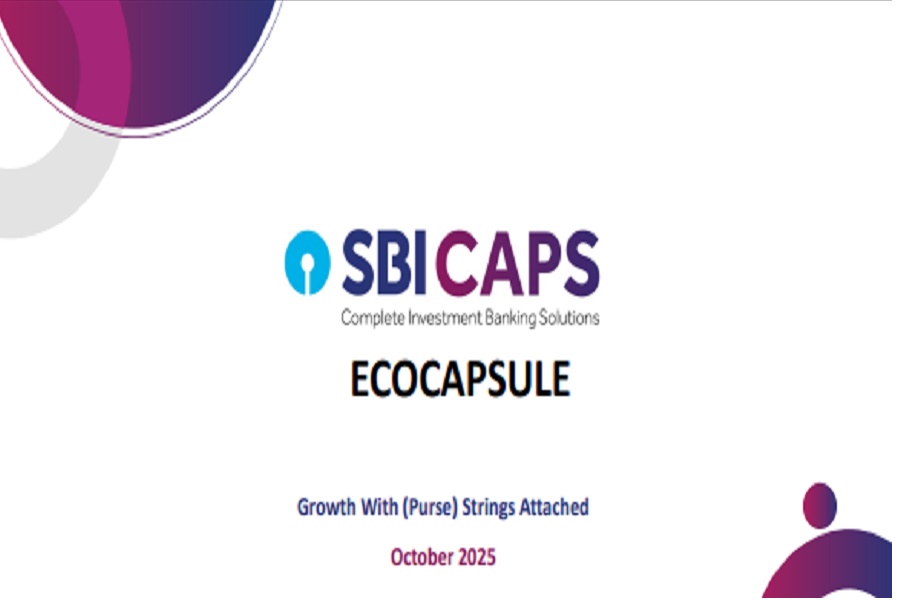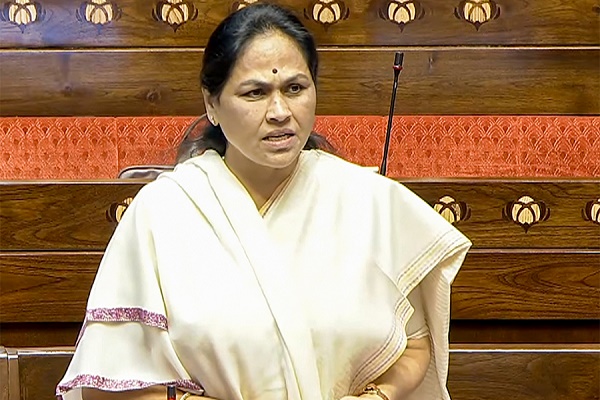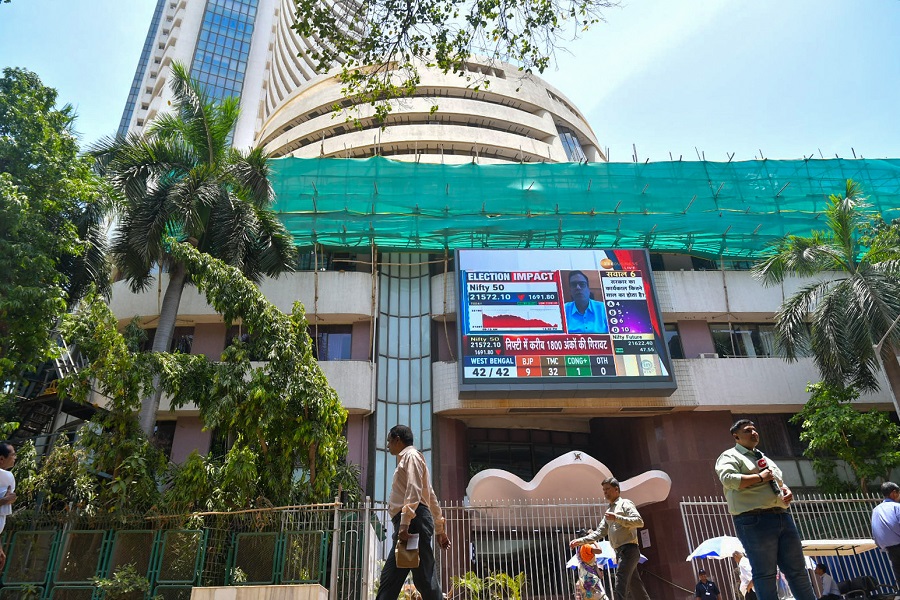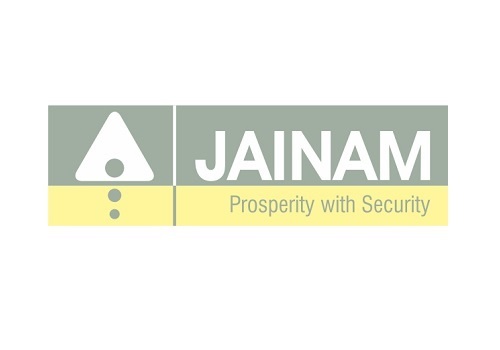EcoCapsule Oct'25: Growth With (Purse) Strings Attached By SBI Capital Markets

Tariffs established as the new abnormal though their disruptive edge is yet to fully cleave off economic realities
After months of uncertainty, US tariffs now appear set to stay — with evolving country and product coverage — though their full economic impact is still unfolding. Chinese exports to the US fell 33% y/y in Aug’25, but overall shipments rose 4.4%, indicating supply chain rerouting rather than disruption. Inflationary pressures have been shared largely by exporters and retailers, with consumers now beginning to feel the pinch. The US has refrained from duties on critical items like electronics and generic drugs, acknowledging key trade-offs. As tariff effects percolate through the economy, their long-term structural impact may be locked in before fully visible.
Global environment leading to diversification from USD as the world looks for alternate hard assets
The near-term fallout of recent US policy choices is still evolving, but their longer-term effects are becoming clearer. The erosion of US dominance is reflected in declining demand for US Treasuries — with global Central Banks now holding more gold than US Treasuries for the first time in 30 years. As the USD’s primacy wanes, precious metals have gained, though no credible reserve alternative has yet emerged. The CNY remains a distant contender, while growing political interest in cryptocurrencies signals a search for new anchors in the shifting global monetary order.
Race to rebalance investments could create a melting pot which is simmering with asset bubbles
Amid shifting capital flows across asset classes, a parallel transformation is unfolding in the real economy. Artificial intelligence has become the new investment frontier, with capital chasing unproven models under the belief that “AI can fund its own growth.” Valuations have surged, exemplified by OpenAI’s recent USD 500 bn valuation, making it the world’s most valuable private startup. Yet, many AI use cases remain speculative, and monetisation pathways are far from clear. For investors, discernment and measured optimism may prove more valuable than blind conviction in the AI narrative.
Domestic consumption expected to cushion the descent for growth in H2
India faces steep 50% US tariffs, prompting a pivot to domestic growth levers. Both the Union and States have amped up their capex in YTDFY26, which is set to reflect in GFCF. Realising that the backbone of an inward looking services economy like India is consumption, GST rate changes have been instituted coinciding with the festive season. As per CAIT, this will boost festive sales to Rs. 4.75 trn – an all-time record. Early signs of enthusiasm are reflected in auto retail sales, which showed strong growth on year during the Navarathri period.
RBI ushersin a new era of (de)regulation to ease credit flow to productive sectors
With a view to improve credit access at a time when private capex is selective and corporate leverage is low, the Central Bank has taken several steps. This includes a draft proposal removal of the sector level cap on lending to large borrowers – which provides a relief to big players in times like now when banking rates may be favourable vis-à-vis the bond market. The restriction on banks from doing acquisition finance is also proposed to removed, along with greater lending limits for LAS, loans against units of REIT/InvIT, and removal of caps for lending against listed debt. Streamlining of risk weights for Basel III capital and a very gradual glide path towards ECL norms implementation also provide wiggle room. As an good omen in light of these auspicious developments, C/D ratio exceeded 80% for the first time in FY26 for the fortnight ended 19 Sep’25.
Equity markets buoyant on domestic investor interest despite scepticism of global investors
India remains amongst the busiest primary equity markets in CY25, with Oct’25 set to be a record month for issuances. This comes at a time when net FPI equity outflow was at USD 18 bn in YTDCY25. Plainly, domestic investors have shown a voracious appetite to mop up large issuances and reposed their faith in the markets even when foreign investors have stumbled. We expect primary market issuance in FY26 to be similar to FY25 levels.
A multipronged approach is being followed in India – capex is being done by the Government, eased tax norms are instituted to trigger private consumption, and principle based lending norms are in store to smoothen credit flow - to ameliorate global pressures. The message is – control the controllables and the uncontrollable shall become controllable.
Above views are of the author and not of the website kindly read disclaimer










More News

Opening Bell : Benchmarks to make cautious start amid mixed global cues










